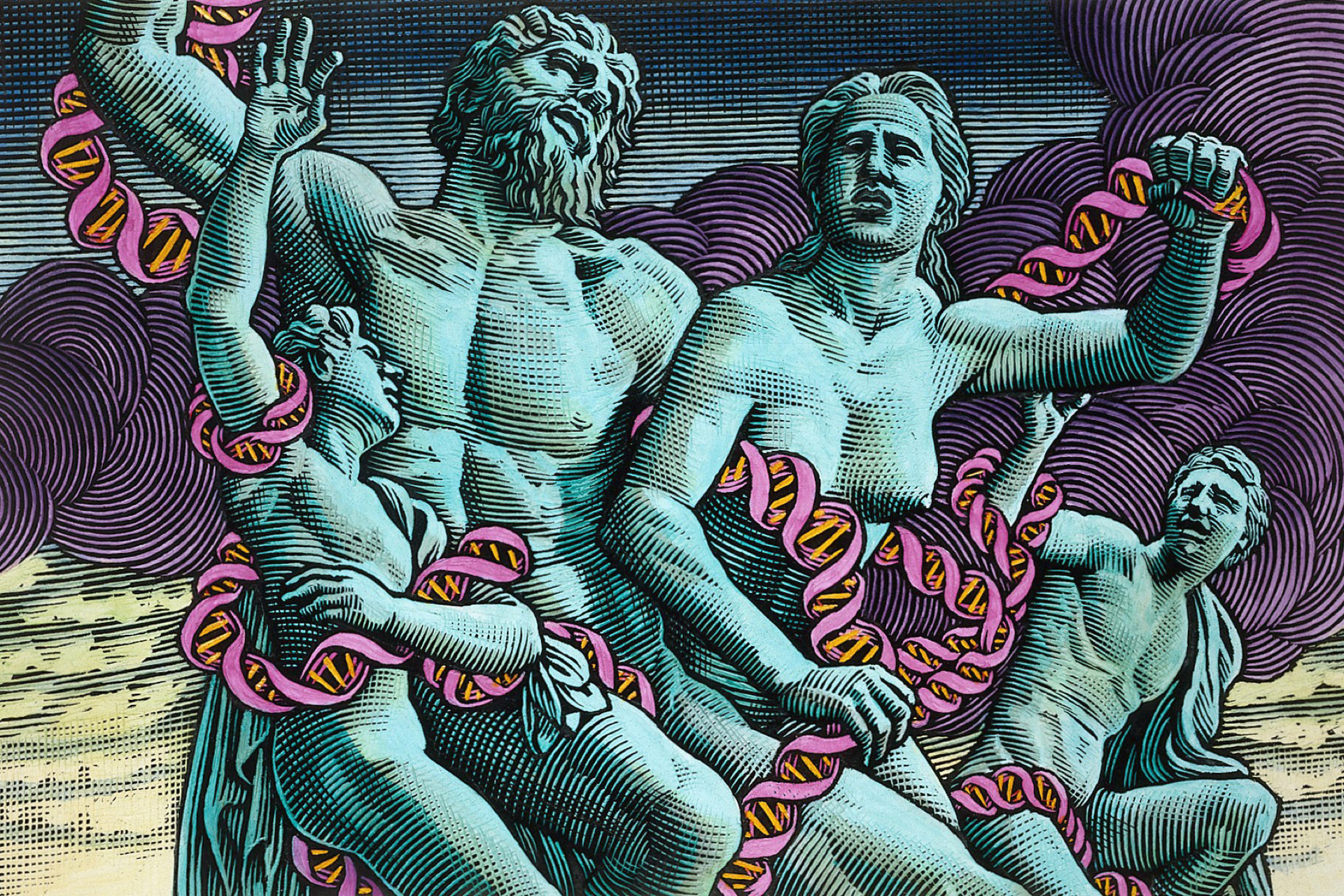The UK's Academy of Medical Sciences has launches a broad study into the scientific, social, ethical and legal implications of research on animals containing human genetic material. Such animals, mostly mice, are found in labs across the UK and mostly consist of animals into whose DNA single sequences of human genetic code have been inserted. However, with developing stem cell and other technologies, there is a perceived ethical crisis point ahead which the study aims to pre-empt.
In a press release, the Chair of the working group that will lead the research, Professor Martin Bobrow, noted that the study was the result of calls by scientists to ensure that the rapidly developing field occurred within 'limits that scientists, the government and the public support'. He went on to state: 'We will not only be focusing on the ethical dimensions of this research but also on how it is perceived by the public. Do these constructs challenge our idea of what it is to be human? It is important that we consider these questions now so that appropriate boundaries are recognised and research is able to fulfil its potential.'
The research will aim to form consensus on the definitions of animals containing human genetic material; to describe current applications of these animals in medical work; to anticipate future usage; to consider safety concerns; to examine animal welfare issues; to explore societal and ethical issues arising from their creation; to fuel an ongoing dialogue between parties on their status; to examine existing and potential legislation on the use of these animals and to make recommendations on future strategies for government to balance costs, benefits and competing interests in relation to them. The study will not, however, revisit the issue of 'human admixed embryos' as recently debated and legislated for in the Human Fertilisation and Embryology Act (2008).
The work of the Academy will be funded collectively by the MRC, the Wellcome Trust, the Department of Health and the Home Office. Public engagement activities will additionally be funded by the Department of Business, Innovation and Skills' Sciencewise-ERC programme. The Academy hopes that this may enable the opinions of members of the general public to be taken into account and to supplement work on public understanding of these animals as novel entities.
Sources and References
-
Academy launches study on the use of animals containing human material
-
Use of animals and embryos containing human material
-
Testing the limits of animal lab experiments
-
Scientists want debate on animals with human genes
-
Animal and human hybrid research study under way
-
Review into animal-human hybrids used in medical research is launched
-
Public to be quizzed on attitude to genetic research
-
U.K. Studies Using Human DNA in Animals







Leave a Reply
You must be logged in to post a comment.